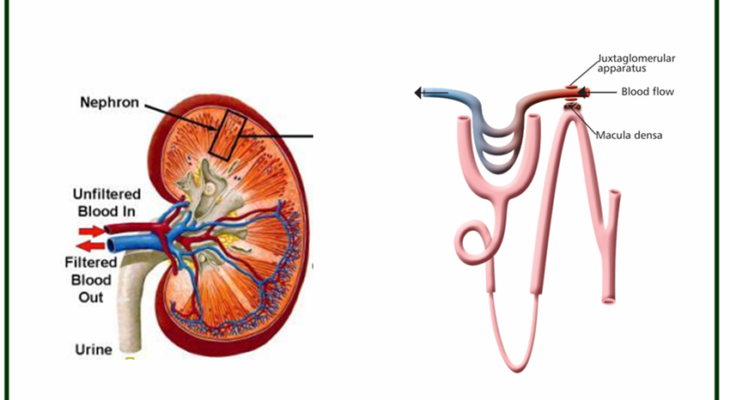Hypertension is defined as persistently raised arterial blood pressure. Here in the UK it’s a major cause of stroke, heart failure, myocardial infarction, cognitive decline, chronic kidney disease and premature death.
The condition is more common in older people over 60, particularly if they are overweight. Other risk factors include lifestyle choices, diet, social deprivation, stress and anxiety.
Treatment objectives
The aim of hypertension treatments are to lower blood pressure. This in turn can reduce the risk of cardiovascular morbidity and mortality, including myocardial infarction and stroke.
How diuretics are used to treat hypertension
Diuretics often used if calcium channel blockers cause troublesome side effects. Also known as “water tablets”, diuretics work by flushing excess water and salt from the body which is then excreted in the urine. Expelling extra salts and fluid in this way decreases the amounts in the patient’s bloodstream. This lowers the blood pressure, meaning the heart doesn’t have to work so hard.
Types of diuretics
There are three main types of diuretics, each one varying slightly in how they work. The most common ones are as follows.
Thiazide and thiazide-related diuretics
Typically used in low doses to treat high blood pressure, thiazide and thiazide-related diuretics can also be used in higher doses to treat heart failure. They include chlortalidone (eg.Hygroton), indapamide (eg.Indipam, Natrilix) and bendroflumethiazide.
Potassium-sparing diuretics
Potassium-sparing diuretics treat fluid build-up that’s the result of heart failure. At the same time this type of diuretic can prevent too much potassium being passed from the body in the urine. Examples include amiloride, spironolactone, triamterene and eplerenone. They are weak diuretics on their own and so are given with another diuretic.
Loop diuretics
These are also used for treating fluid build-up due to heart failure or chronic kidney disease. Examples include bumetanide and furosemide. They’re often used in conjunction with other medicines to treat hypertension.
Side effects
Although diuretics are very commonly used in treating a range of medical conditions, they can have various side effects. These include frequent urination, increased thirst, skin rashes anddizziness when standing up. Long term use can also lead to low sodium and low potassium levels, so monitoring patients over the course of their treatment is important.
Hypertension has many different causes but can be serious. Are you confident in spotting the signs and knowing the best course of treatment?
If you’re a nurse, medical student or other allied health professional who regularly sees patients presenting with hypertension and/or heart failure then you may find our Medicines optimisation in Hypertension and Heart Failure CPD course useful.
This course looks at the pharmaceutical management of patients with hypertension and cardiac failure. It also deals with important issues that non-medical prescribers deal with such as polypharmacy and patient monitoring. Structured medication reviews are discussed along with current guidelines. It’s an ideal course for nurses and allied health professionals who need to stay current in this field.
The course is being offered on the 24th February 2021 and is worth 4 hours of CDP. Delivered fully online, it’s a socially distanced, interactive way of learning and gaining those crucial extra CPD hours.
Sign up today!





